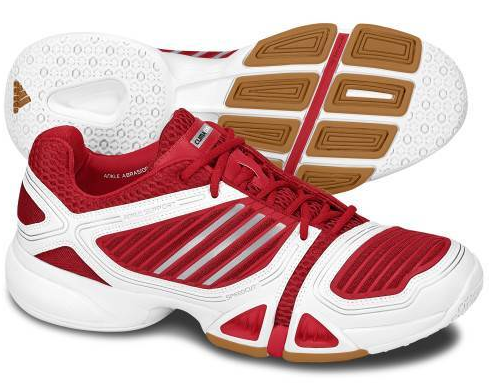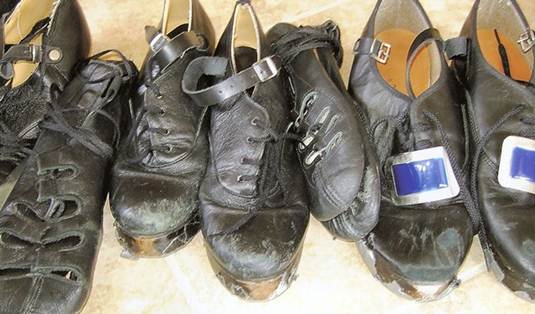Solutions with sneakers
Training for leg strength: To wear shoes without supportive details, you need to improve tiny
muscles strength that support feet tiny - by Bowman. Try tiptoe movements:
tiptoe up without the force of other fingers. This action seems hard to do.
Actually, it likes when you learn to bike so you only need a smooth
coordination. When you understand how, let's swing the toes, rub foot to
stimulate the nerves and awake your foot. Practice this action for 20 toes on
each foot.
Stretching the leg muscles: Just like exercises for the muscle in gym, this movement helps you
to increase strength of in and out thigh. You can coordinate your toes through
practice muscle movement to make the leg muscles stronger. Beginning by
twisting toes and fingers, trying to stretch them and relax without support
from hand. Hold the stretch long enough until you read all the alphabet.
Performing this movement 1 time a day (or up to 3 times if you have
inflammation in the toe)
Increased thrust on foot: This action helps you to increase the strength of the tiny muscles
in the feet and lower leg area by two strides of barefoot on uneven floor
surface such as gravel or pebbles. This movement stimulates the nerves in feet.
Buy a gravel carpet or practice on the uneven ground in the backyard.
Adding a piece of OTC shoe sole: If your feet have flat soles (when your feet are wet, your
footprint makes a feet form), a piece of rubber or sponge shoe soles can
prevent foot frame from destroyed. If your feet are high-sole (you just see
your footprints include heels and soles of the feet), use a sole with
supportive rigid frame.
Choosing sneakers:

Buy sneakers with soles curved around feet.
After that, try to fold the shoe so that it just bends the upper part of the
sole. Stay away from the shoe easily folded or rolled up in the middle.
Hard-soled shoes

The shoes surround the foot or other
hard-soled shoes enhance the activity of muscles and promote calories
combustion. Besides their medical features (the hard-soles shoes are often used
for patients with painful soles), please note the followings if you want a
pefect sport shoes.
Pressure on legs: Hard soles are obstacles for frame to move naturally. Moreover,
they also make your feet frame flat. The result is your legs bear less
pressure, causing knees and back get more pressure.
Unsteady walking: Wearing hard-soled shoes makes you wobbly and unsteady. Wesite of
Consumer Safety Commission received complaints about the trauma of this shoes
(including tendonitis, legs, feet, hips trauma, and even broken bones from
falls)
Solutions with hard-soled shoes:
Keep the excitement when exercising: If
this kind of shoes helps you realize the benefits of each action and promote
your sportsmanship, you should keep this strength. However, do not forget to
promote the strength of different types of exercise. You can also improve
health by squatting or kicking movement, not just repeat with a walking in
hard-soled shoes.
Muscles training: Because these shoes make you hard to keep balance, they lead to
ankle injury. To train the muscles around ankle, exercise barefoot standing
with one leg, keep knee straight, and try to keep balance. Start by 30-second
movement and then, extending to 60 seconds.
Gradual adaptation: impact force of the shoes changes your normal gait, so it can take
away your muscles while get used to new movement. “First, you should not wear
these shoes at the start, then, begins with wearing shoes in 1 hour / day and
increase the time gradually” - by Dr. Leahy. Remember to listen to your body,
if you get pain in the back, hips, knees, feet, ankles, let change into other
shoes.
Choosing hard-soled shoes:
If you really want hard-soled shoes, find
shoes that fit your soles, which makes your feet move easier in spite of the
heavy and thick soles.